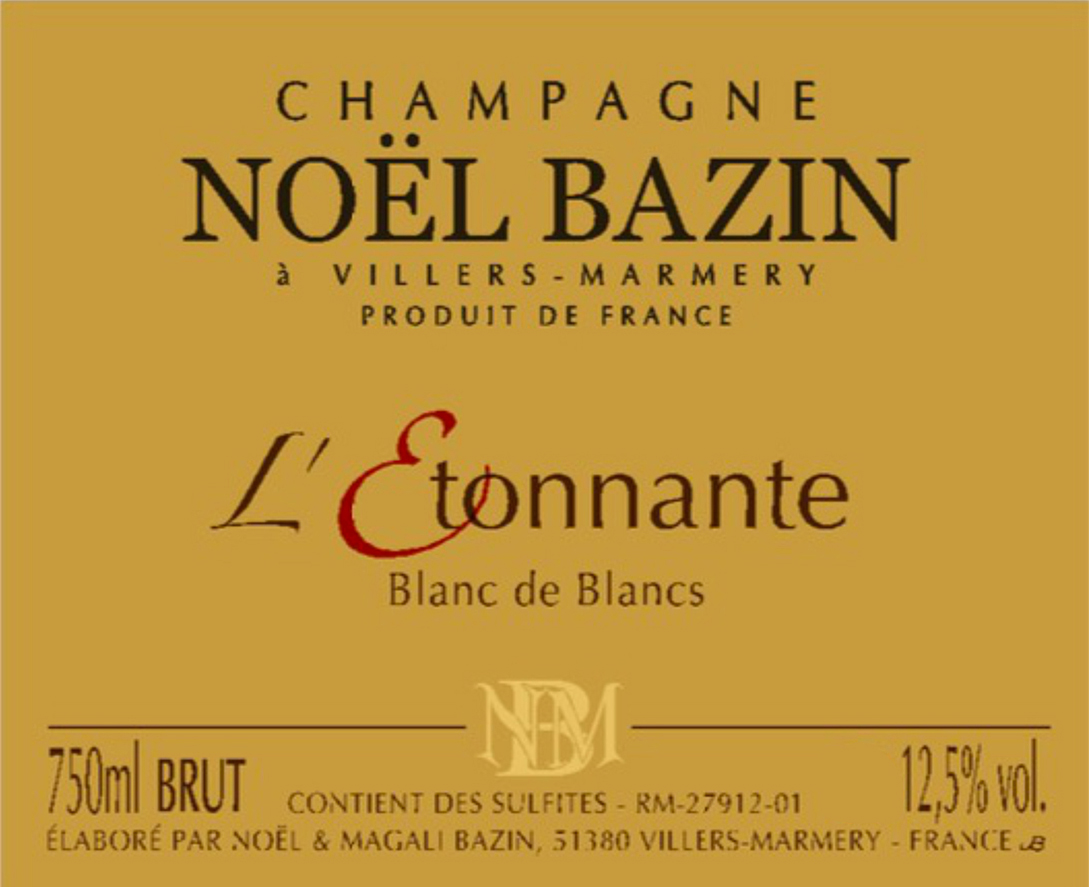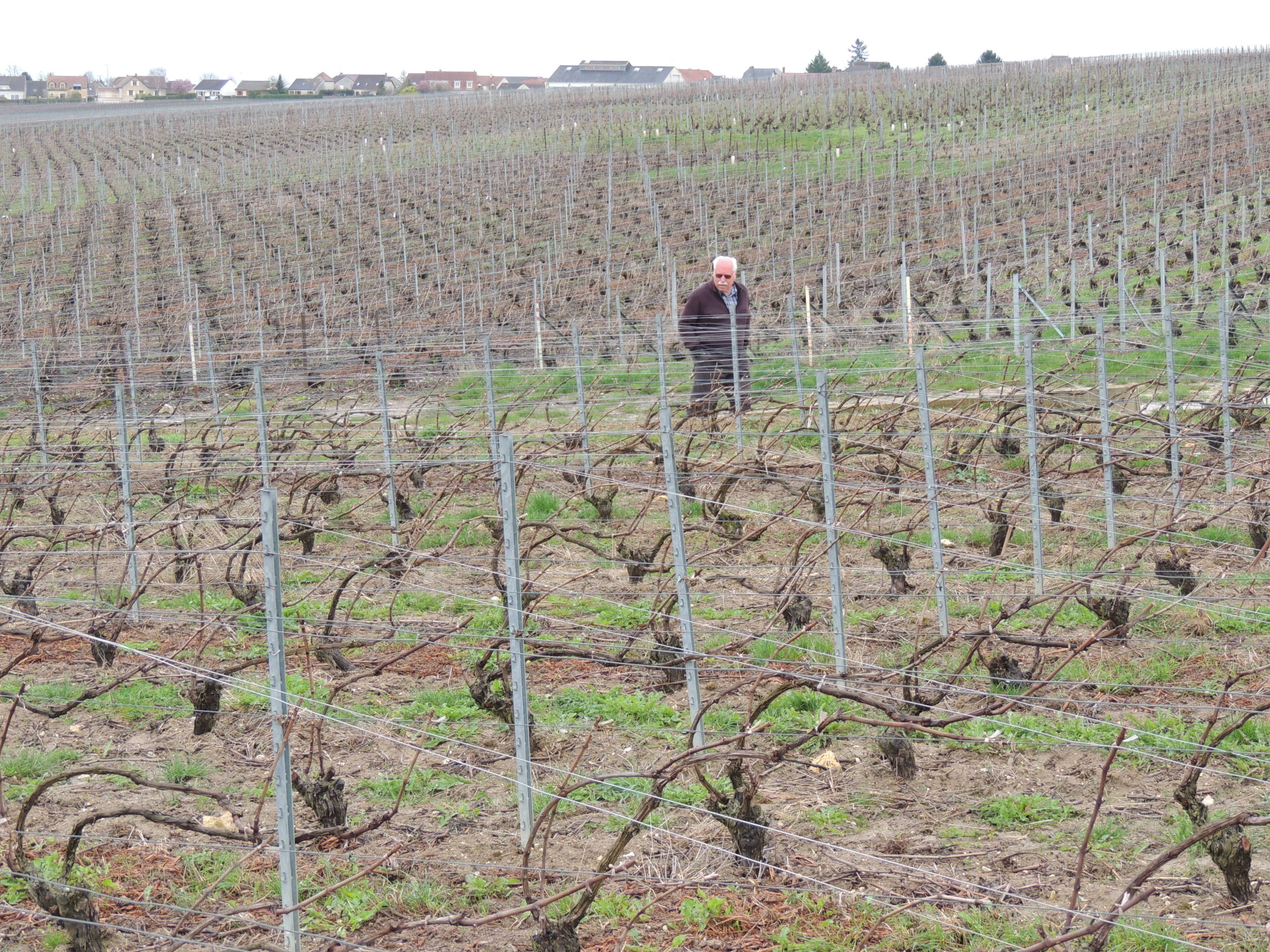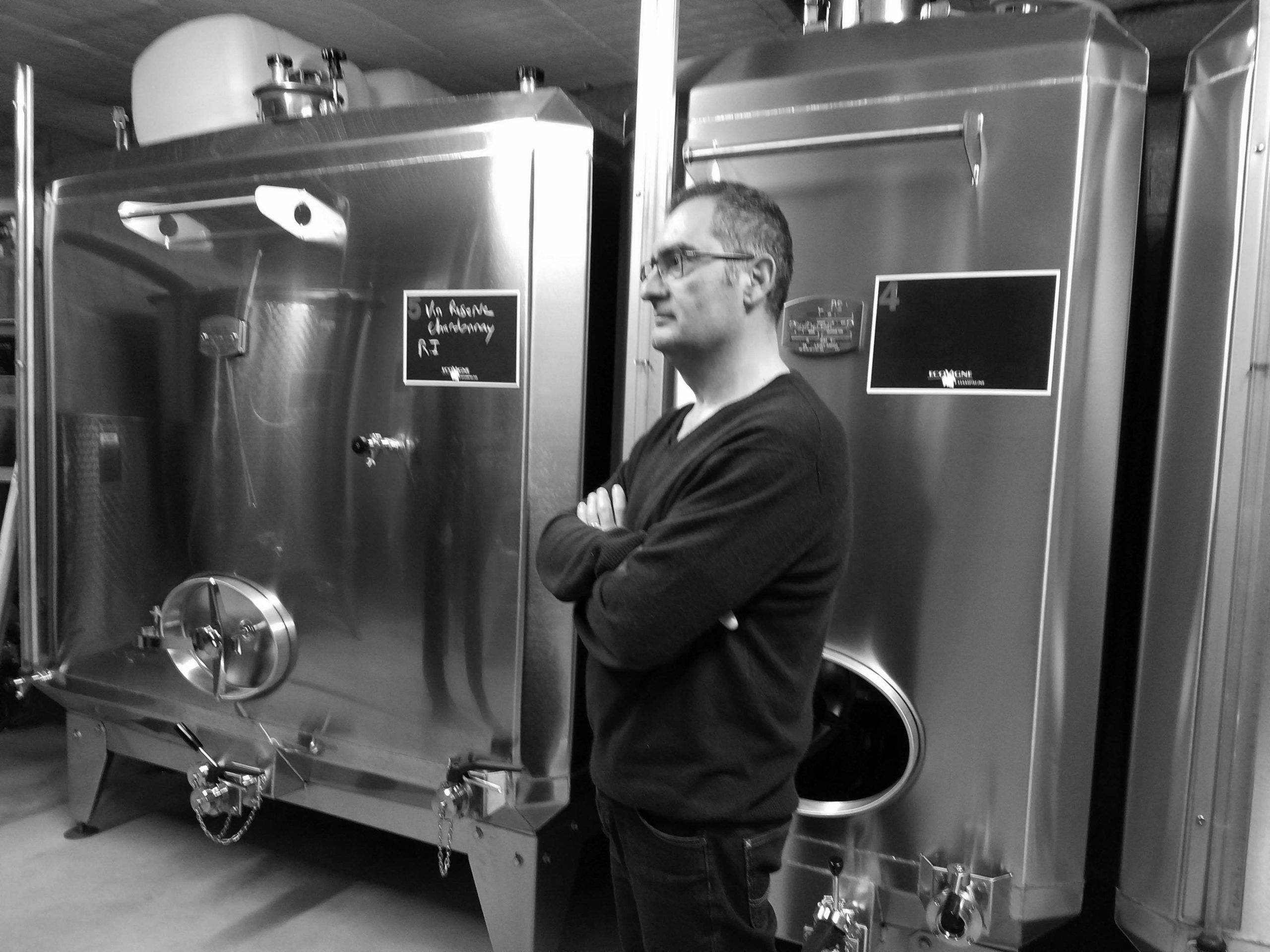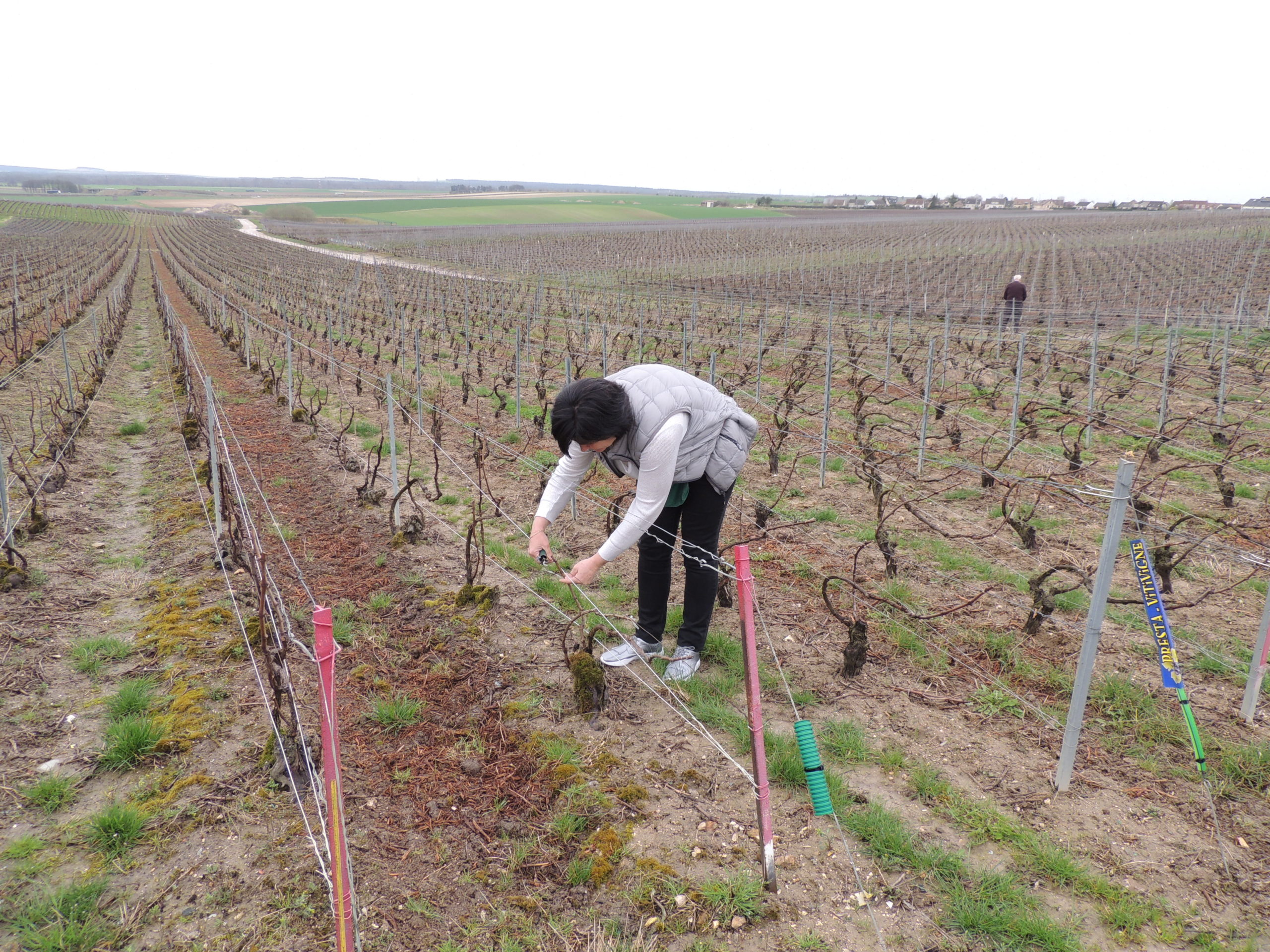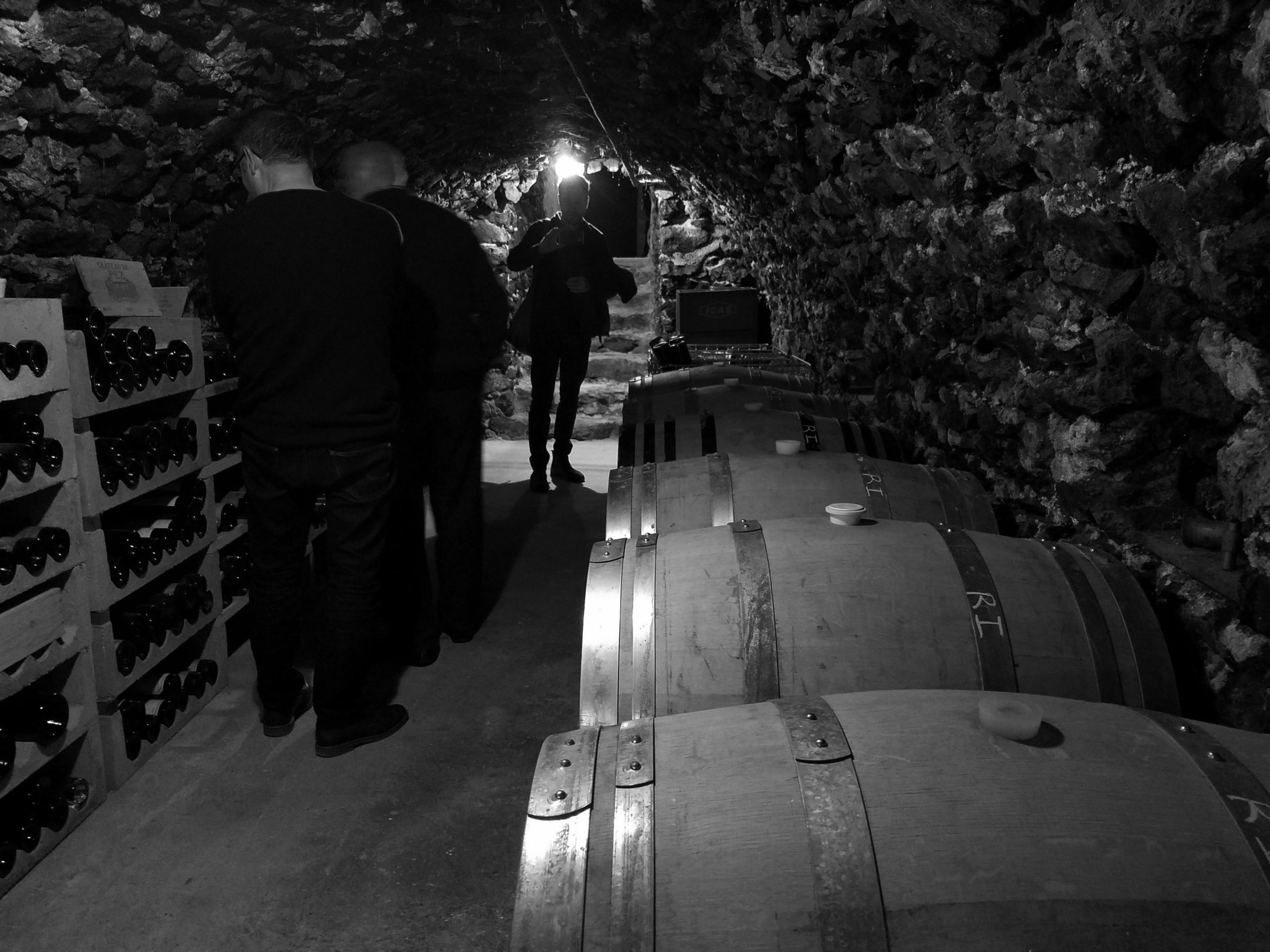The experience without the drama.
Oh Champagne.
Literally trillions of dollars have been spent building a reputation for this region that the great majority of growers seem to currently be distancing themselves from.
Gone are the double-breasted suits, the Rolex watches, the suede loafers, the aristocratic cuvée names with elaborately designed packaging that suggests a world gone literally insane, a world led by frenzied, trend-chasing marketing companies drunk on fantasties of cross-platform, cross-brand synergies. But I digress.
These days, all this fanfare has been replaced by, you guessed it, terroir. Now the currency is micro-parcels, small growers wearing old, worn shirts and sneakers, smoking cigarettes while disgorging bottles in rustic cellars.
The only thing that hasn’t changed much is the price. It’s still, on average, real darn high.
All in all, it’d be ludicrous to suggest that this general change isn’t a very good thing. Coming from a retail background where I had the opportunity to drink a lot of great Champagne in order to be able to sell a lot of great Champagne, I’d be the first to admit I miss it. I still remember my first Selosse “Substance,” probably in 2006 (?), bought off the list at Blue Fin in Times Square for a buck eighty? (Yes, every detail of that story is ludicrous, but it’s true.)
Since having left this illustrious world, well, the price-creep of Champagne has left me mystified and sad. The question is not can Champagne be great; the question is how great can the price be for a just good-enough Champagne?
I was whining about something like this one day at Vollenweider’s estate in the Mosel. Daniel Vollenweider is from Switzerland and he financed at least some of his winemaking project in the Mosel by importing French wines into Germany, mostly Burgundy and Champagne. He was the one that said, very quietly, “…no, there’s very good, very serious affordable Champagne.”
And thus this story begins.
Magali and Noël Bazin are just incredibly nice, kind people. The estate is very small (they farm a scant 3.3 hectares in and around their village of Villers-Marmery) and so there is no pomp or circumstance here, no water fountains or Bentleys.
On the other hand, I don’t think they are particularly hip either. I could be wrong, but I don’t think they smoke, have tattoos or collect vinyl. They have a minivan; they wear very comfortable looking sneakers. They spend a lot of time in the vineyard.
The Bazins, god bless them, don’t really fit into either neat little clic. They are just normal people making really good Champagne. And it’s priced very fairly. I’m ok to skip the drama.
The Bazins were both born and raised in Champagne; the name Bazin may be familiar to some from Henriet-Bazin, another grower located in the same village making really solid grower Champagnes as well. The village gained Premier Cru status in 1985 and Magali and Noël’s first vintage was in 1999.
This peculiar section of the Montagne de Reims is often called the Perle Blanche or “White Pearl,” a part focused on Chardonnay surrounded by a region almost exclusively planted to Pinot Noir and Meunier. The Bazins farms 20-odd parcels to make up their three hectares, with expositions and soil identical to the more famous Chardonnay-producing Côte des Bar in the south. That is to say, southeastern exposures on soils riddled with limestone.
Annual production at the estate does not exceed 17,000 bottles. The majority of it is the “l’Unanimé,” a textural and coating Champagne with beautiful citrus, soil tones and lift. The rosé is only 16% Pinot Noir yet dense and structured enough to stand up to richer fare. The smaller production, vintage-specific bottlings are worth the search.
Sure, they aren’t the easiest bottles to find, but you won’t have to email 400 people to get an “allocation” of one bottle from the hip store near you.
Like I said, you can skip the drama if you want to.
